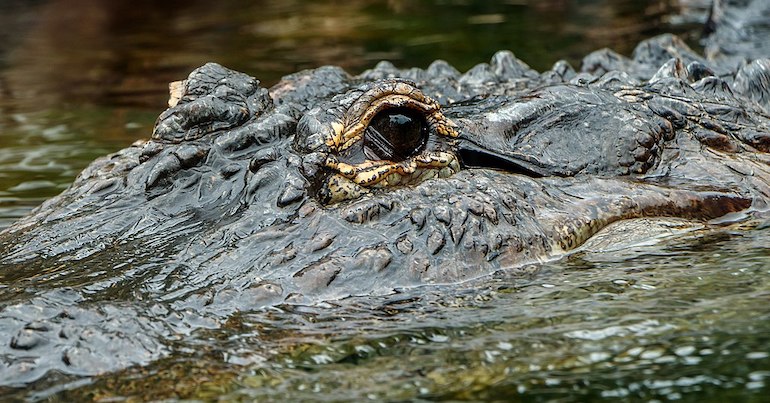If you type “wildlife trade” into a search engine, the vast majority of results it will throw up are about the illegal trade in wildlife. This illustrates well the kind of attention the legal trade in wildlife gets, compared to its illicit counterpart. The legal trade, which is variously said to be worth $200-300bn annually, needs more scrutiny, however.
Currently, there is no international regulatory framework for the legal trade in many species. The Convention on International Trade in Endangered Species of Wild Fauna and Flora (CITES) oversees the international legal trade in a certain number of species, meaning that trade is subject to regulation. I’ve written about some of the issues surrounding CITES-regulated trade over recent years, including that the system has significant loopholes and insufficiencies, along with lacking adequate transparency.
In its 2022 trade report – the first such report in its 50-year history – CITES asserted that the wildlife trade can have “both positive and negative” conservation impacts. Critical among the negative impacts is that the commodification of wild species for food, fashion, luxury goods, the pet trade, entertainment, and more, is implicated in the extinction crisis. According to one conservationist I spoke to, the wildlife trade is rapidly wiping out species. The coronavirus pandemic has also spotlighted the risks of such trade in relation to disease emergence and transmission. Moreover, the legal and illegal trades are intertwined. This is because people involved in the latter can use the legal trade as cover for their activities.
The CITES Legal Trade Journalism Fellowship
In light of all this, I am participating in a new fellowship focused on the legal trade in wildlife. In collaboration with the Earth Journalism Network (EJN), I am embarking on the CITES Legal Trade Journalism Fellowship. As EJN explained in its announcement of the initiative:
Annually, tens of thousands of species are traded globally to supply the widespread demand for traditional medicines, food, luxury items, exotic pets, and plant cultivation — putting global biodiversity, already in crisis, under additional pressure, and driving more species toward endangerment.
To draw attention to this under-reported issue, EJN has launched a new fellowship to examine the extent to which the CITES regulatory system is meeting its mission of protecting the sustainability of wildlife. The project aims to shed light on insufficient transparency in supply chains, the lack of monitoring processes and the pressures that the legal trade itself has on the health of plant and animal species.
Within this fellowship, I will spend the coming months examining the institutions, systems, and industries, involved in the legal wildlife trade. As EJN highlighted, the resulting reporting will, among other things, aim to shine a light on the impact that the trade has on wild species and the ecosystems they live in.
Amid a biodiversity crisis that already has around one million species on the brink of extinction, it’s imperative that policymakers and the public understand any cost of the wildlife trade’s ‘business-as-usual’. Only then can they make the necessary changes to better safeguard the natural world at this critical time.
Featured image via H. Zell / Wikimedia, cropped to 770×403, licensed under CC BY-SA 3.0


I am Martin from Ghana an assistant Wildlife Officer , I would be grateful for an opportunity to explore more about illegal wildlife trade.